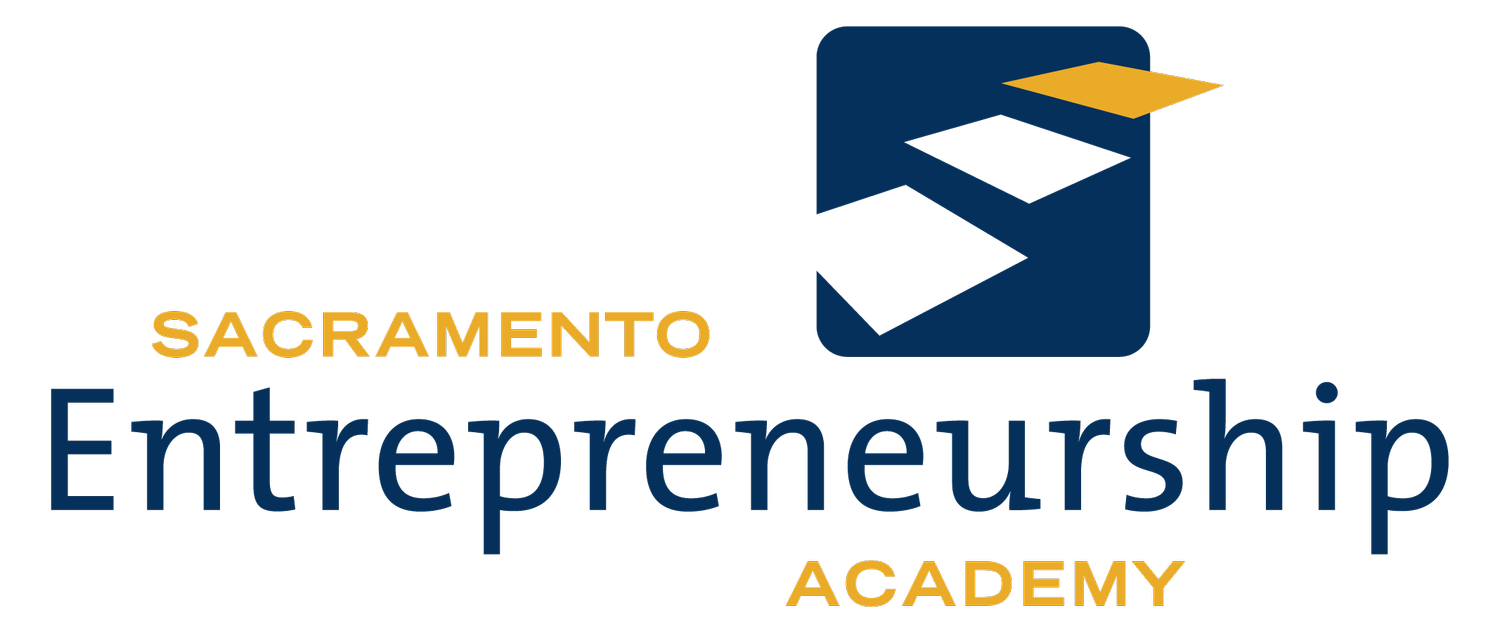SEA Session on Understanding Your Customer and Customer Profile Discovery
SEA Session Highlights on Understanding Your Customer and Customer Profile Discovery with Dan Casas-Murray, Principal at Hacker Lab.
SEA uses the Strategyzer Business Model Canvas to clearly understand customers, create better products, and grow businesses.
Customer Discovery
Whatever you have in mind will change multiple times. Deductive thinking is solving, inductive thinking is scientific. The key is the process; it’s what enables no matter what you do. Think of different solutions. Often the idea is wrong, but not the people.
Lean Startup’s 3-part approach is learn, build, and measure; you’re looking for value and measuring is done over and over as people change.
This SEA session is about community, so take what you think you know about your customer and simulate it to test it. Think simply and in a hierarchical manner. Have mixers, they lay the background; participants become community and if you build properly, community does the rest.
Maslow’s Hierarchy of Needs: the order of needs is physiological, safety, belonging and love, esteem, and self-actualization. When the other basics are met self-actualization happens.
To test ideas, you can use simple and inexpensive items. Dan gave examples of index cards (software), boxes (product), or strategy boards and cubes (service) to create an initial experience for the customer of a repetitive situation being experienced.
Scientific method elements: Observe, Research, Hypotheses, Design Test, Execute Test, Conclude, Repeat.
Business Model Canvas
On the left is deductive, problem-solving, production, things; on the right is inductive, solution, customer oriented. The most difficult part is the relationship with the customer and keeping it solid and growing. Dan believes if you get your customer right the rest flows.
- Channel: the medium to reach people.
- Customer relationship: type of relation.
- Resources: what is needed to put your business product/service together; look for actions taken. Key activities: “-ing” words. Key partners: people who enhance.
- Cost structure: expenses.
- Customer Segments: functional and emotional needs; Gains, Pains, and Customer Job(s).
Recommended books:
- Business Model Generation, Alex Osterwalder and Yves Pigneur
- Value Proposition Design, Alex Osterwalder
- Design A Better Business: New Tools, Skills, and Mindset for Strategy and Innovation, Justin Lokitz, Lisa Kay Solomon, Patrick Van Der Pijl
- Peak: How Great Companies Get Their Mojo from Maslow, Chip Conley
